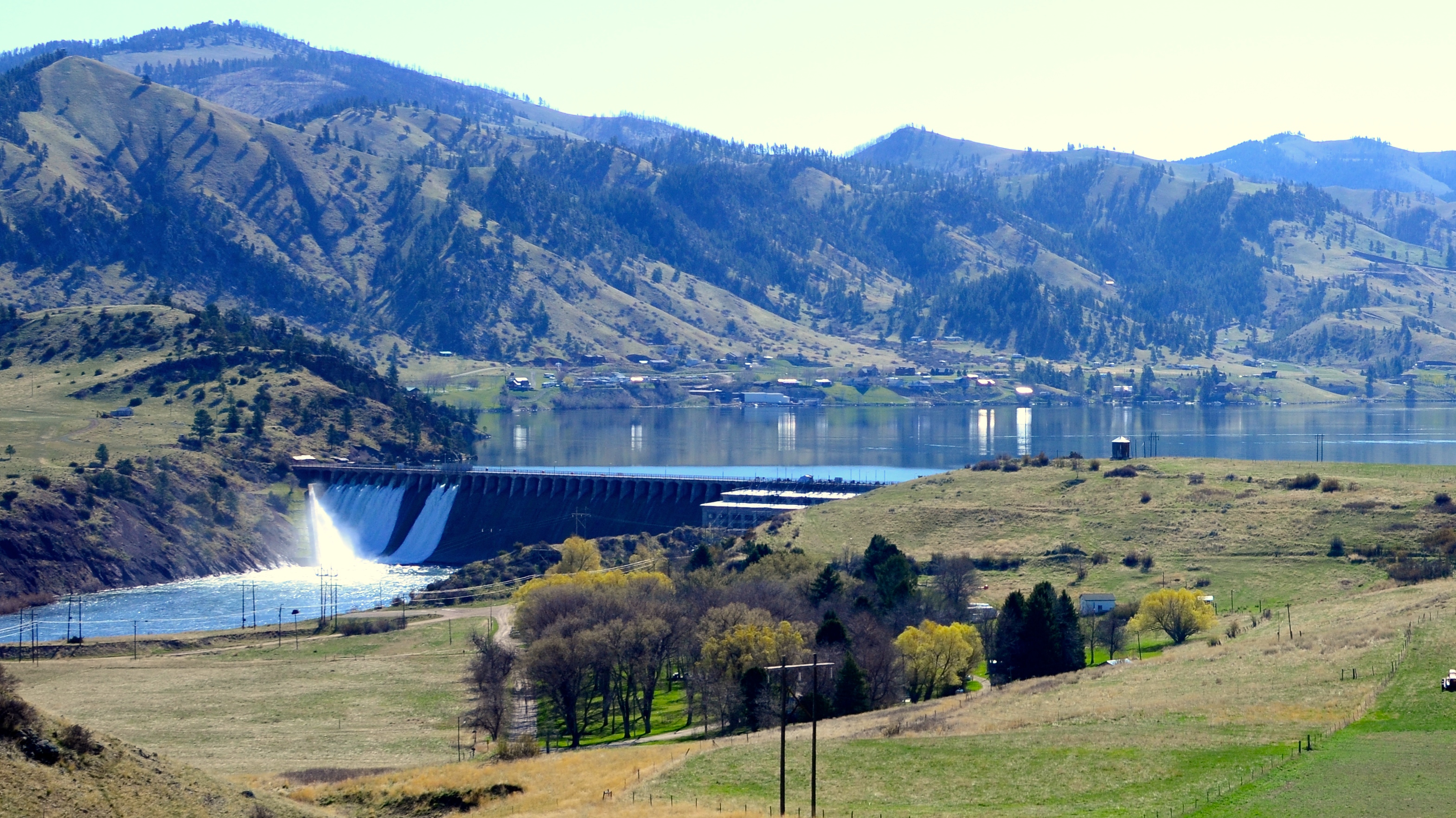
By identifying local pollution problems, you prevent pollution from flowing downstream. We have all the information you need to get started on stream monitoring (it's easier than you might think!). Establish a Save Our Streams (SOS) program to monitor the quality of local waters that drain into the Missouri River.Officials need to hear that the river's health is important to you. Recovery efforts currently lack adequate funding. Advocate for habitat restoration and recovery efforts with local, state, and national elected officials.You can make a real difference for the Missouri River and everyone who relies on it. We just need to work together to get there.įortunately, what’s good for the recovery of the Missouri River is also good for water quality, wetlands, flood protection, outdoor recreation, and local economies. There is hope! The League believes that a healthy Missouri River will be able to produce self-sustaining fish and wildlife populations. Three have been placed on the Federal Threatened and Endangered Species Lists (pallid sturgeon, least tern, piping plover) and 51 native fish species are rare or declining in the lower Missouri River. The clock is ticking for many of the area's native fish and wildlife species. Water quality problems involving sediment and pollution.Threats to the river and land around it include:

Unfortunately, the Missouri River and the natural resources throughout its watershed are in trouble. Management of this immense watershed links people across 10 states and two Canadian provinces. America's longest river is also the backbone of a booming outdoor recreation industry that benefits communities throughout the river basin. The Missouri River provides drinking water to millions of people and critical habitat for fish and wildlife.


 0 kommentar(er)
0 kommentar(er)
